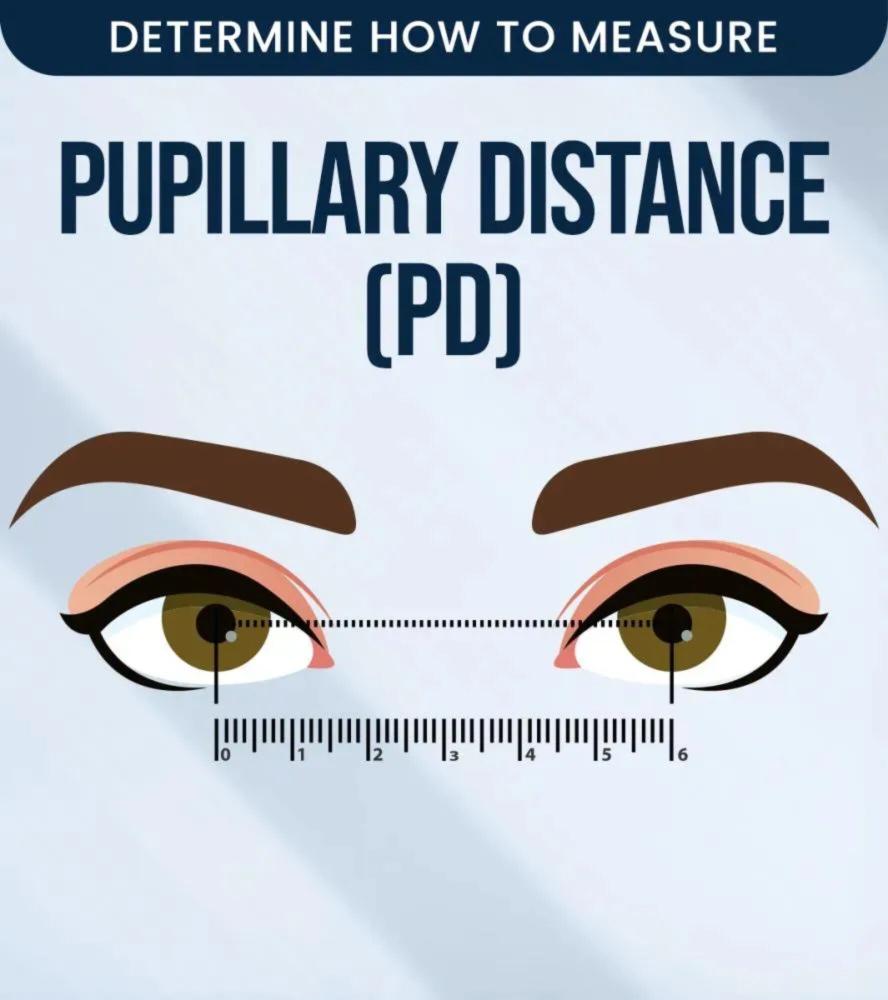

Understanding Your Prescription:
While filling in your prescription, you should be very careful about the signs with the values. Wrong selection of a “+” or “-” sign can result in a wrong pair of glasses. It is necessary to take extra care while selecting these values!
A prescription receipt can turn out to be very confusing for one while looking at those bunches of numbers, but it is actually quite simple to understand. This is how your prescription will generally be given by your doctor (depending on the country)
Let's look to see what each of these measurements mean.
OD and OS:
SPH / Sphere:
The sphere (Sph.) indicates the strength of lens required to correct your focus. A positive sphere is to correct long-sightedness, i.e. hyperopic - difficulty focusing on close objects and a negative one is to correct short sightedness, i.e. myopia - difficulty focusing on distant objects.
The sphere is measured in Dioptres. Plano or pl. or an infinity sign under sphere means that you are neither long nor short sighted, i.e. sphere is zero.
CYL / Cylinder:
Cyl. and Axis compensate for astigmatism. Astigmatism means that the eye has difficulty focusing at certain angles.
Axis:
The axis is only present if there is a value in the Cyl. box. Axis specifies where the astigmatism is on your eye. The measurement is in Degrees. The values range between 0 and 180. If you have a ½ degree on your prescription you can list this in the additional information box when ordering.
Prism:
A prism is required to correct a lazy eye. This is included with a prescription to correct some special conditions or eye disorders (like squints) that require the focused image to move position. If your prescription contains a prism, kindly contact us with your full prescription.










